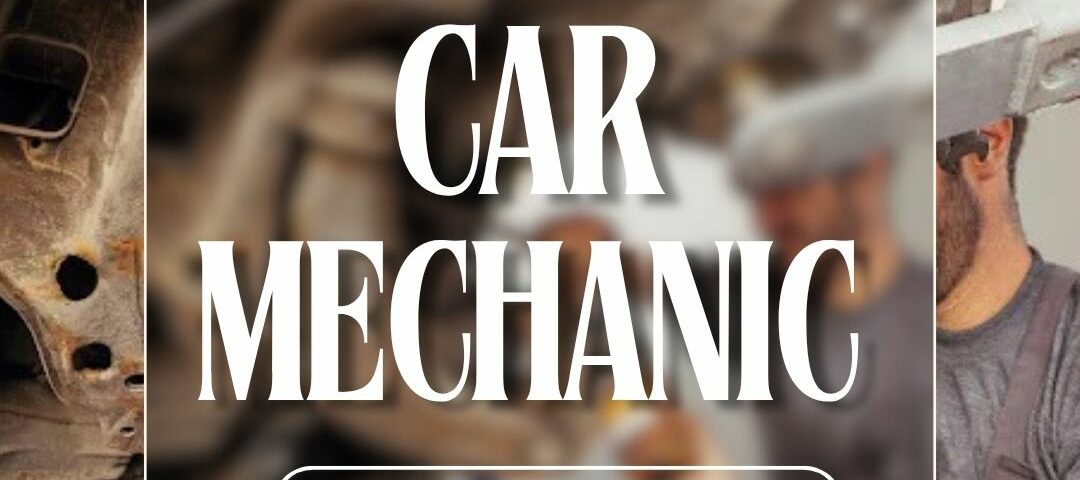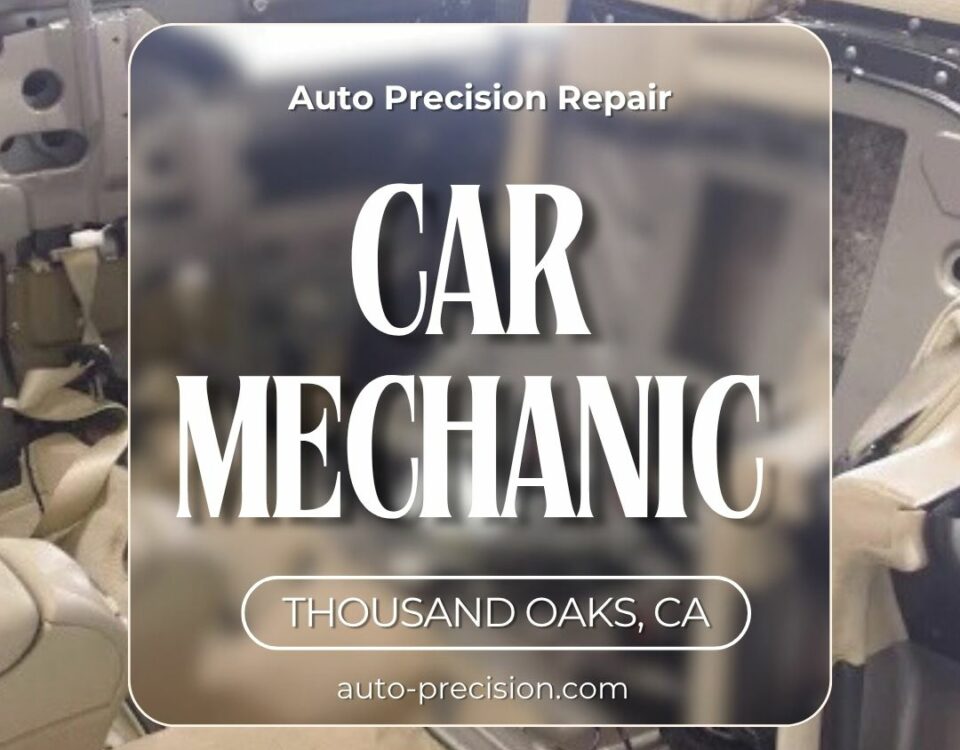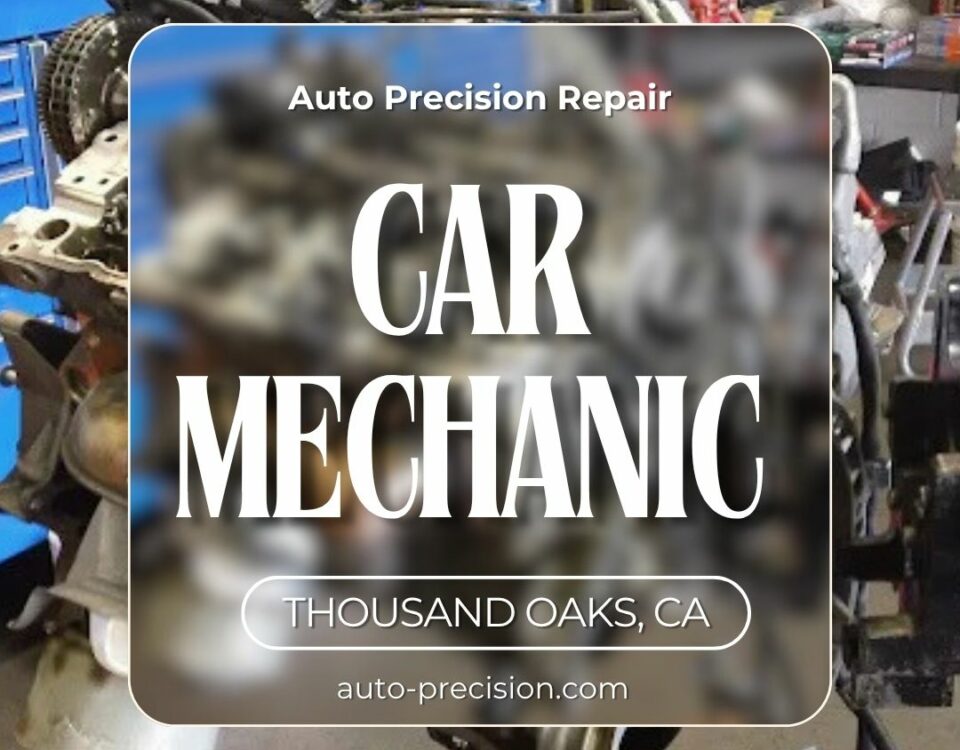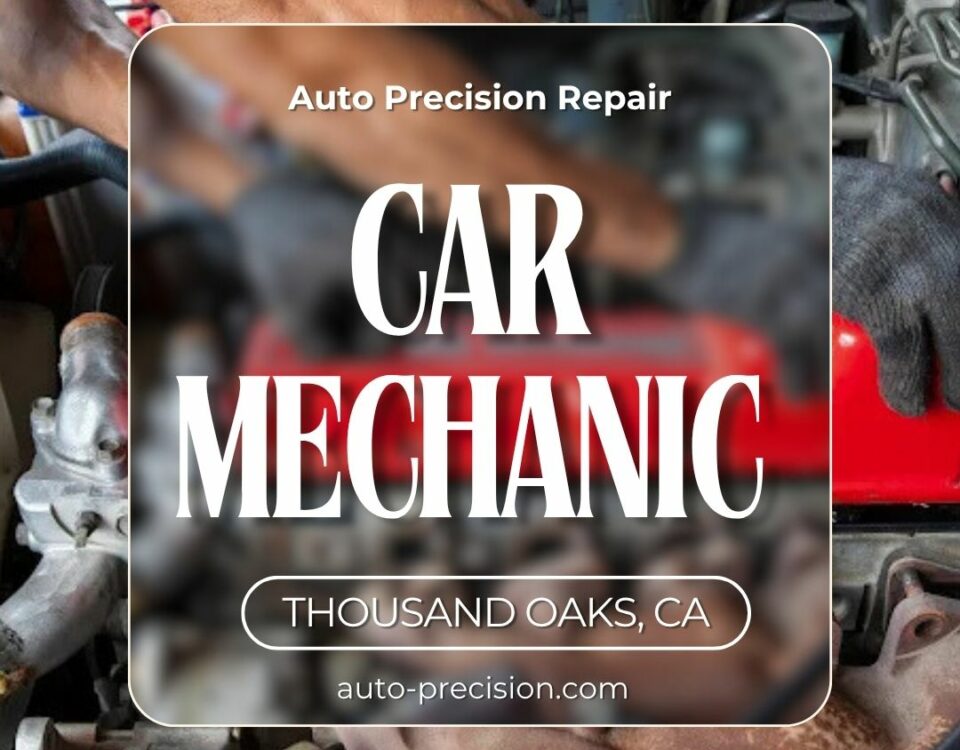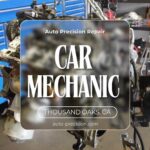
Best Courses to Train as a Professional Car Mechanic
June 18, 2025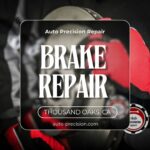
Comprehensive Guide to Mercedes-Benz Brake Fluid and Brake Repair
July 18, 2025Thinking about getting your hands dirty and tackling basic car maintenance or repairs? Whether you’re planning a DIY oil change or just want to understand what’s in a car mechanic’s toolbox, it all starts with knowing the essential tools and their uses. The right tools not only make car repairs easier but also help you work safely and efficiently — even if you’re just starting out.
Essential Hand Tools for Every Beginner Car Mechanic
Every beginner car mechanic needs a reliable socket set. Sockets and ratchets help loosen and tighten bolts in hard-to-reach places, whether you’re working on an engine cover or changing brake pads. Investing in a set with both metric and standard sizes ensures you’re ready for a variety of vehicles.
Combination wrenches are another must-have. These tools provide the leverage needed to tackle tight bolts without slipping. A good set will last for years and save your knuckles in the process!
Don’t forget screwdrivers — both flathead and Phillips — for smaller jobs like replacing batteries, securing panels, or adjusting clamps. A set of pliers, including needle-nose and locking types, is handy for gripping, twisting, and cutting wires.
Helpful Power Tools and Specialty Items
Once you’re comfortable with hand tools, you might consider adding basic power tools. A cordless drill makes installing accessories or removing stubborn screws faster. A torque wrench ensures you tighten bolts to manufacturer specifications — critical for safety on tasks like wheel installation.
Educational resources like car mechanic manuals or online tutorials can help you learn the right way to use these tools. Many beginners also benefit from watching videos that demonstrate tool techniques on real vehicles.
Build Your Toolkit, Build Your Skills
Starting as a beginner car mechanic can feel overwhelming, but with the right tools and a little guidance, you’ll gain confidence in no time. Focus on building a solid toolkit and learning how to use each tool correctly. The more you practice, the better you’ll get — and your car will thank you for it!
READ MORE:


